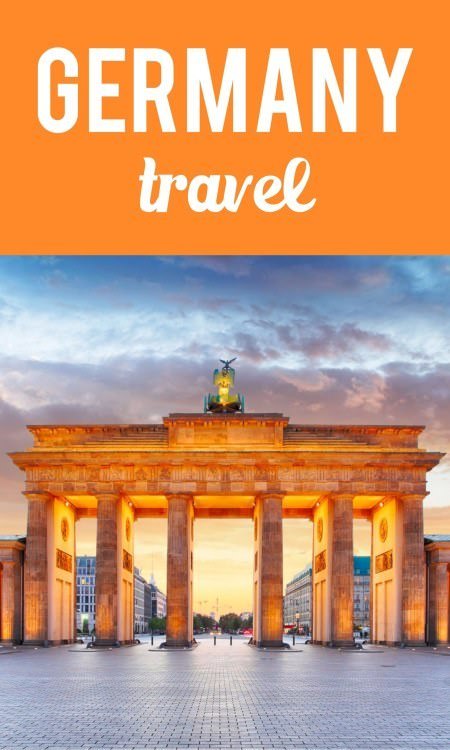
In recent years, tourism to Germany has boomed, and for good reason! The Vaterland’s kaleidoscope of natural beauty, urban traditionalism merged with modernity, and its historical importance, make Germany an excellent choice for a short — or long — European break.
Germany lies at the geographic epicenter of Europe, and is bordered by nine countries and two seas. It is home to the largest population in Europe, which is dispersed around a variety of natural splendours: the magnificent mountain ranges of the Alps; the Black Forest, filled with its dense foliage and folklore; the majestic winding rivers of the Rhine and Danube; and the picturesque coast of the Baltic Sea.
Germany has contributed significantly to Europe’s pool of great leaders (Frederick the Great), writers (Goethe), philosophers (Kant), composers (Beethoven), scientists (Einstein), and revolutionaries (Martin Luther and Karl Marx), making it a cultural epicenter as well as a geographical one.
With its central location, breathtaking landscapes, abundant supply of well-preserved and thoughtfully-curated historical and cultural landmarks, and cities at the forefront of modernity, it is easy to see why travelers should look to Germany when choosing their next European holiday destination.
Berlin
Germany’s capital, Berlin, has been a world-renowned metropolis, compared with the likes of New York City, Paris and London, since its golden age of the roaring twenties. However, no other city in the world can compete with Berlin’s unique past. It is this tumultuous narrative that sets Berlin apart and provides the city with its unrivaled personality: a patchwork of history, architecture, arts, nature and nightlife.
In contrast to the wealthier German cities of Munich and Hamburg, Berlin is relatively poor. As a result it offers very reasonable prices for a European capital, although this is quickly changing with Berlin’s recent rise in popularity with travellers.
Berlin’s public transport system was once the most technologically advanced in the world. While today this does not hold true, the BVG is still a good network, pragmatically connecting the bustling metropolis, its numerous surrounding lakes, and the historic Prussian town of Potsdam.
Getting to and from Germany
There are over one hundred international airlines offering flights to and from Germany, with the major airports located in Frankfurt am Main, Munich and Berlin.
The capital is currently served by two historic, yet decaying airports: Tegel (TXL) and Schönefeld (SXF). A new airport, Berlin Brandenburg Airport, is under construction, but has been plagued with problems that have pushed back the opening date and led people to wonder if it will ever open its doors. If it does, it will replace Tegel and Schönefeld and provide Berlin with one ultra-modern airport complete with high-speed connections into the city center.
There are direct routes into Germany from around the world, though it might be cheaper to fly into another European country and use a low-cost carrier to get you to your final destination. You could also consider taking the ferry into Germany from the Scandinavian countries of Norway, Sweden and Denmark; there are many ferry connections along the Baltic Sea into the German harbor towns of Kiel and Rostock. There are also ferry connections from the UK but a budget flight tends to be cheaper and faster.
Traveling into Germany by train with a rail pass probably offers the best combination of speed, sightseeing and flexibility. Train pass packages can be purchased online from Eurail and Rail Europe. Check out our tips on how to use a Eurail/Eurorail pass.
Germany travel resources
Book accommodation in Germany and travel insurance for Germany through us — we love it when you do that!
Check out our How to see Berlin in a day podcast or browse the articles below.
This page by Travis Shirk, a writer from Tucson, Arizona who is based in Berlin, Germany where he works for the travel comparison site Idealo.
No posts
